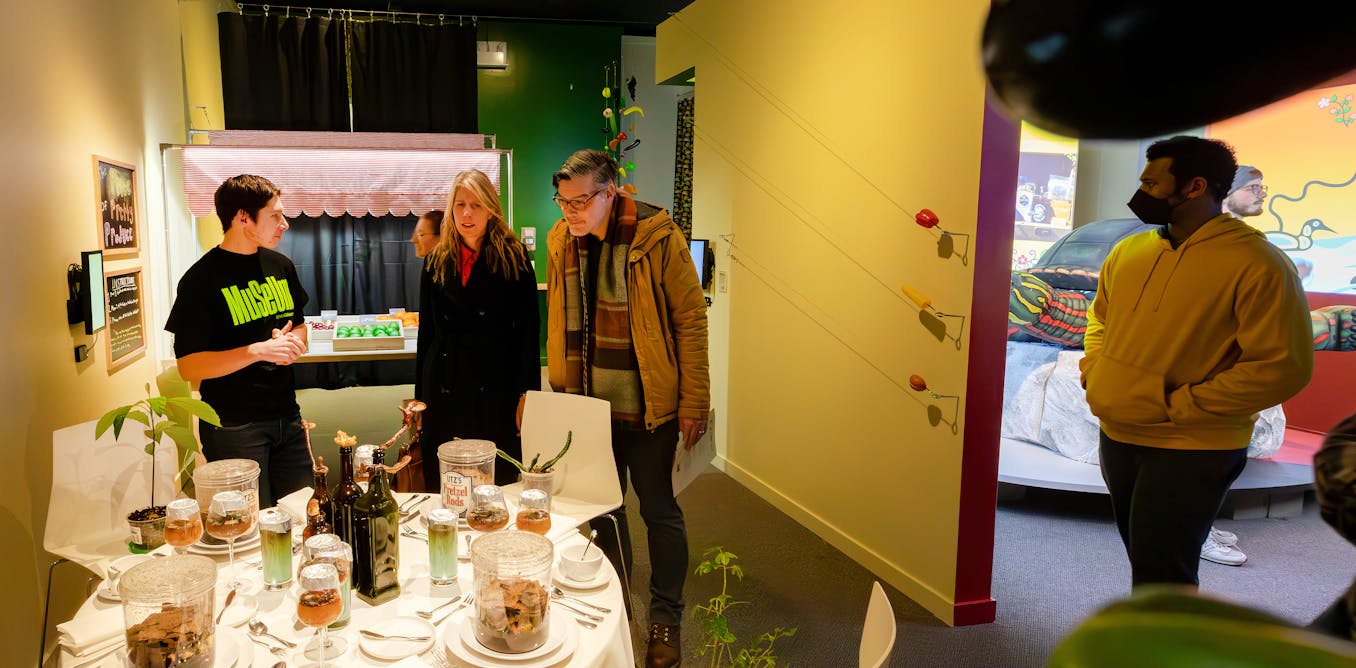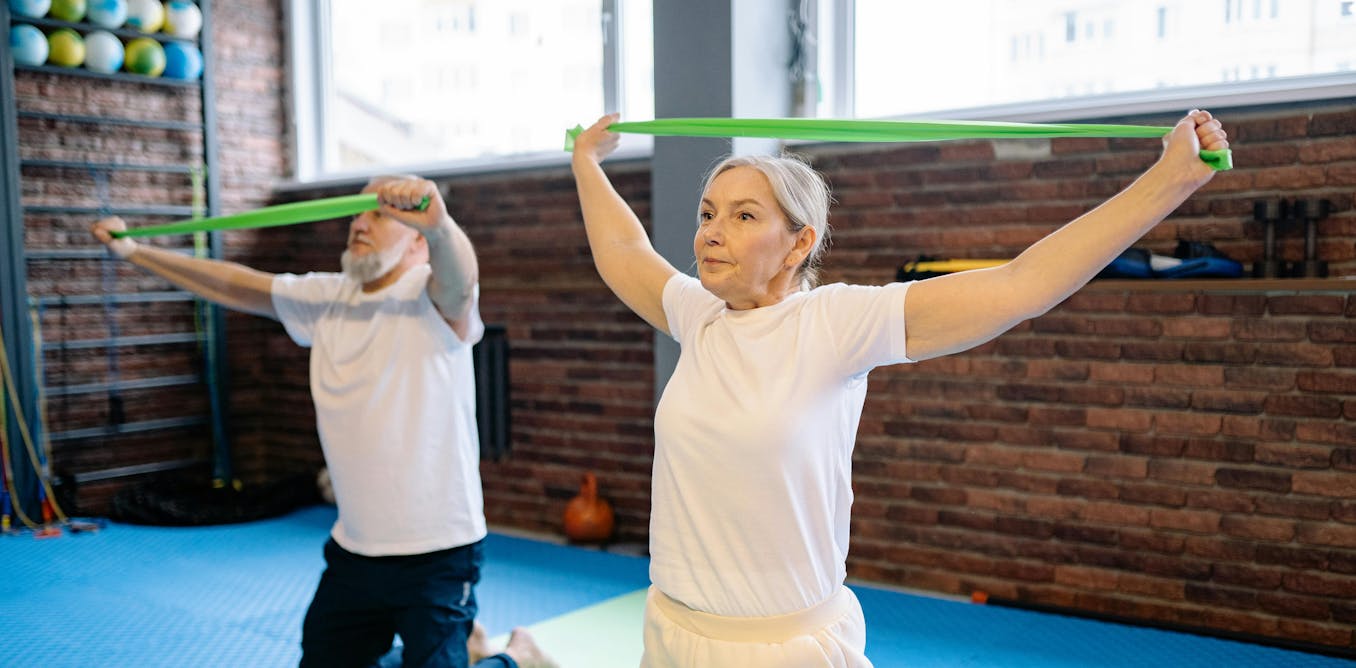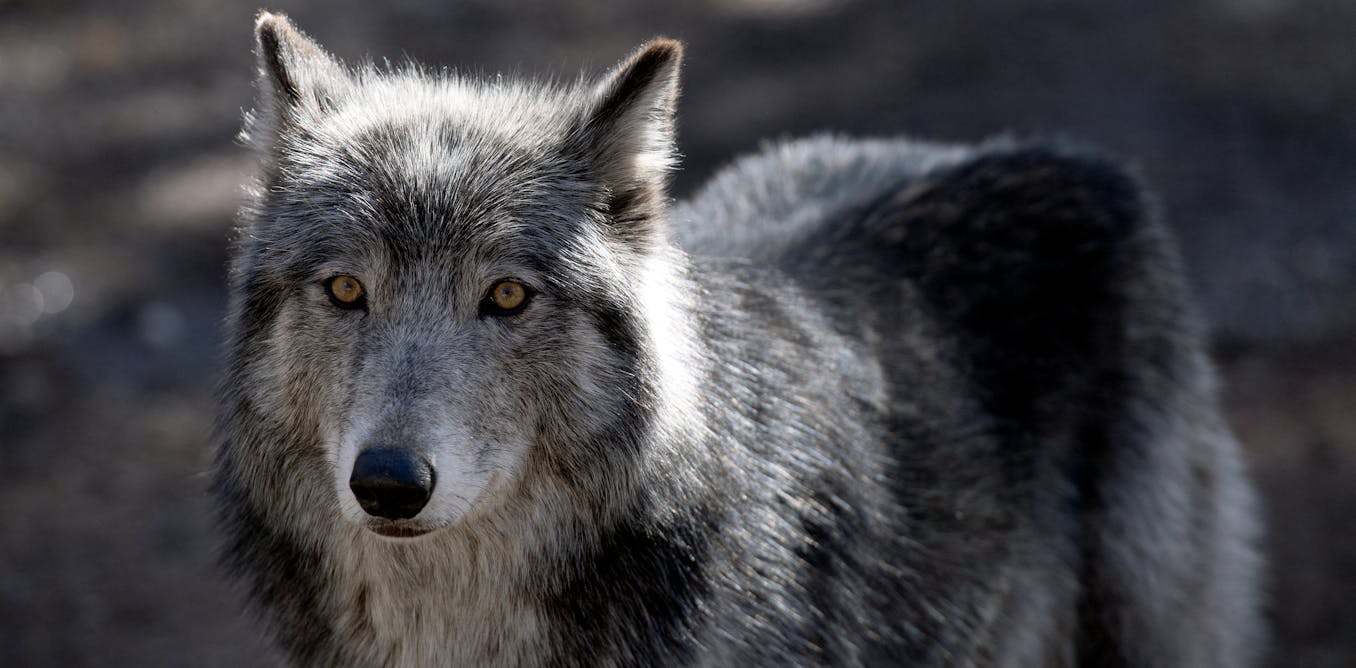Alex Janvier, an Alberta-based painter and pivotal champion of contemporary Indigenous art in Canada, died on July 10. He was 89. The news was confirmed by his family on July 10 in an Instagram post. A moment of silence was held in his honor at the Assembly of First Nations annual general meeting that same day.
Prime Minister Justin Trudeau, writing on X, said: “His art reflected so much of Canada’s history, including some of the hardest parts of our story.”
In some of Janvier’s vibrant abstractions, lush forms contract and converge, suggesting the unfathomable natural world; in others, brisk lines and fierce swaths of red indict the historical mistreatment of First Nations.
“Painting says it all for me,” Janvier said in a statement in 2012. “It is the Redman talk in color, in North America’s language. Our Creator’s voice in color.”
Alex Janvier was born in 1935 on Cold Lake Indian Reserve (now known as Cold Lake First Nations) northeast of Edmonton, the capital city of Canada’s Alberta province. He was one of 10 children, and his father, Harry, was the community’s last hereditary chief before federal law enacted a system of elected officials. At eight years old, he was sent to the Blue Quills Residential School near St. Paul, Alberta.
“That kind of story does a lot of unusual things to your life,” Janvier once said. “It tears [apart] your language, culture and beliefs. They probably removed a lot of it.”
Throughout his life, Janvier defied expectations for Indigenous people in Canada at the time. By his early teens, Janvier was taking art classes at the University of Alberta, where he encountered the work of European modernists like Wassily Kandinsky, Paul Klee, and Joan Miró. After high school, Janvier enrolled at Alberta’s Provincial Institute of Technology and Art in Calgary, now the Alberta University of the Arts. His teachers included notable Canadian artists such as Illingworth Kerr and Marion Nicoll, the latter of whom was renowned as one of the country’s earliest abstract painters. After graduation he pursued art full-time, working as a painter, illustrator, and teacher.
In 1973, together with fellow First Nations artists Norval Morrisseau, Jackson Beardy, Daphne Odjig, Carl Ray, Joe Sanchez, and Jackson Beardy, he formed the Indian Group of Seven (formally titled the Professional Native Indian Artists Inc.), which staged group exhibitions of First Nations art at galleries across Canada.
The group was active until 1975, but they had a profound impact on perceptions of Indigenous art as a living, endlessly evolving field worthy of institutional notice. Much of their art mixed elements of European modernists—bold colors, variably hard, and soft geometries—with Indigenous symbols and natural motifs. Morrisseau coined the term “Woodland Art” to describe this synthesis.
The group also developed funding opportunities for young artists and worked to establish a network of artists, gallerists, and collectors that would endure in perpetuity.
These included developing funding for young artists, exhibiting Indigenous art within well-known galleries, inspiring young artists by visiting their communities, and creating scholarships for emerging artists through the sales of their own work. Janvier’s work is exhibited in public spaces across Alberta, and held in prominent Canadian collections. His mosaic, Iron Foot Place, covers the floor of Edmonton’s Rogers Place, home of the city’s NHL team, the Oilers. His 1993 mural Morning Star-Gambeh Then spans 418 square-meters, located in the dome of the Canadian Museum of History in Gatineau, Quebec.
“His monumental work is a centerpiece of our museum,” Caroline Dromaguet, the museum’s president and CEO, recently told the Edmonton Journal. “Looking up to discover this work is an unforgettable experience and I am comforted to know that Janvier’s legacy will live on.”
Janvier’s honorary degrees and awards include the Order of Canada, the Queen Elizabeth II Diamond Jubilee Medal, the Lifetime Achievement Award from the National Aboriginal Achievement Foundation, and membership in the Royal Canadian Academy of Arts.
In 2003, Janvier and his family opened the Janvier Gallery in Cold Lake, Alberta, where he maintained a studio for the remainder of his life.
“I am a free man because I can create,” he said in 2016. “I thank the Great Spirit for my family and for being able to express myself through my paintings.”

The post “Alex Janvier, Pioneer of Contemporary Indigenous Art in Canada, Has Died at 89” by Tessa Solomon was published on 07/12/2024 by www.artnews.com





































